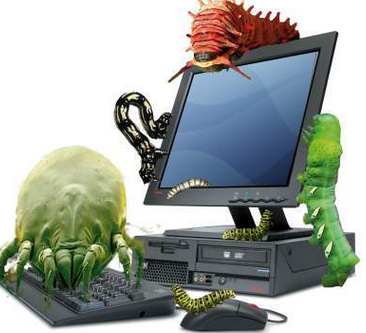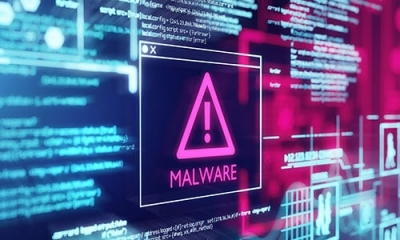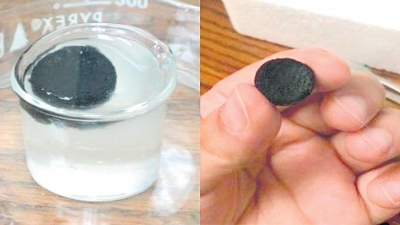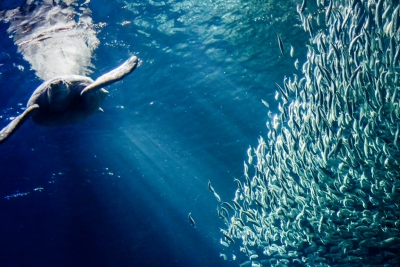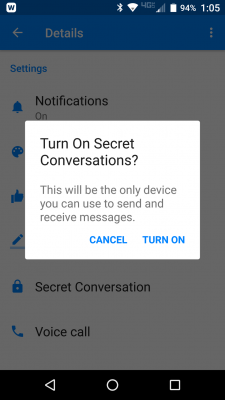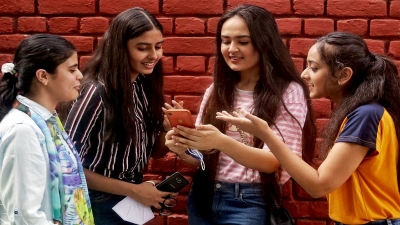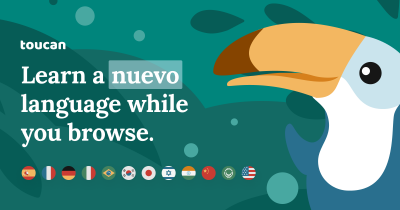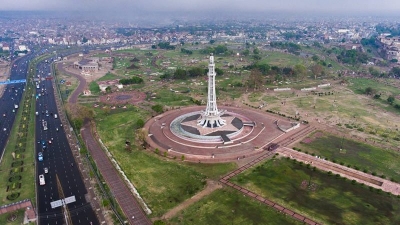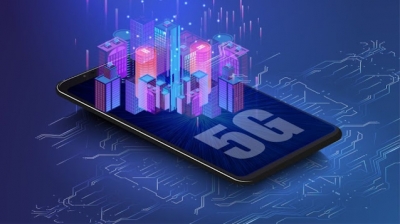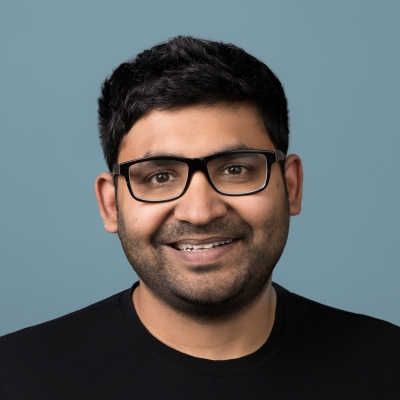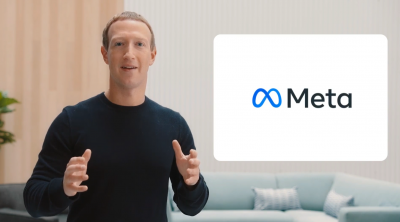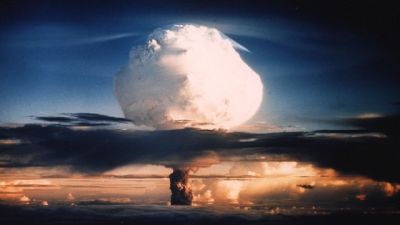
Thermonuclear weapons are nuclear weapons whose design uses the heat generated by a fission bomb to compress a nuclear fusion stage. Also called a fusion bomb, hydrogen bomb or H-bomb, a thermonuclear weapon is a second-generation nuclear weapon design that is vastly superior to the first-generation atomic bombs. In fact, their destructive power is so great that they are among the most dangerous weapons ever made by humankind, even posing a threat to humanity as a whole.
U.S. research on thermonuclear weapons began in 1941 following a conversation between Italian physicist Enrico Fermi - the creator of the world's first nuclear reactor-and Hungarian-American theoretical physicist Edward Teller. Fermi wondered if the explosion of a fission weapon could ignite a mass of deuterium, an isotope of hydrogen, to begin nuclear fusion.
Teller analysed thermonuclear processes in detail and presented the findings to other theoretical physicists in the summer of 1942. Tritium, another isotope of hydrogen, was suggested as a nuclear fuel, and based on the discussion that followed, the participants concluded that a weapon based on thermonuclear fusion was possible.
Plans for a superbomb
When the Los Alamos laboratory was planned for the design of nuclear weapons as part of the Manhattan Project, a small research programme on the Super - the name given to the thermonuclear design - was included.
The success of the atomic bombs and the end of World War II in 1945, however, meant that the future of the Manhattan Project remained unclear. U.S. President Harry S. Truman signed the Atomic Energy Act in 1946 and established the Atomic Energy Commission, giving it authority over all aspects of atomic energy.
Following nearly four years of lull, four months of intense debate was stimulated in the U.S. when the Soviet Union succeeded in testing an atomic bomb in August 1949. Even though many voiced their reservations, opposition, and even concern over building a superbomb, Truman made the controversial decision of pushing ahead with the research and production of the weapon.
"Part of my responsibility"
"It is part of my responsibility as commander in chief of the Armed Forces to see to it that our country is able to defend itself against any possible aggressor." Truman said, while announcing his plans to build hydrogen bombs on January 31, 1950. "Accordingly, I have directed the Atomic Energy Commission to continue its work on all forms of atomic weapons, including the so-called hydrogen or superbomb. Like all other work in the field of atomic weapons, it is being and will be carried forward on a basis consistent with the overall objectives of our program for peace and security.”
When Polish mathematician and nuclear physicist Stanislas Ulam undertook calculations to determine the amount of tritium that would be required to ignite a classical design that had been suggested for an H-bomb, he estimated it to be enormous. Ulam's estimates were confirmed in the summer of 1950, meaning the cost of constructing such a bomb would be prohibitively high. In that summer, Fermi and Ulam also calculated that liquid deuterium would probably not burn, meaning there would be no self-sustaining, propagating reaction.
With every important assumption regarding the viability of the classical design proven wrong, other means were now necessary for constructing these weapons. Those means came in 1951, following breakthroughs at Los Alamos.
Teller-Ulam principle
Ulam and Teller were behind these breakthroughs, which were made by April 1951. They suggested achieving a high density in the thermonuclear fuel by compression using a fission primary, and for the first time scientists knew that they had a firm basis for constructing a fusion weapon.
Los Alamos adopted the new J programme, leading to the active pursuit of the Teller-Ulam principle. By May, a test explosion used a fission bomb to successfully ignite a small quantity of deuterium and tritium. In September, Los Alamos proposed testing the Teller-Ulam concept in November 1952.
More destructive than all the wars
A 23-year-old postgraduate student of Fermi, Richard L. Garwin was responsible for transforming Teller and Ulam's theoretical ideas into an engineering design that was workable. The explosion of this device on November 1, 1952 had a yield that was 500 times larger than the atomic bomb dropped on Nagasaki, and obliterated an entire island in the Pacific Ocean.
By 1955, the Soviet Union had detonated their first hydrogen bomb. And even though Soviet Premier Nikita Khrushchev had observed in 1959 that "the explosion of one hydrogen bomb releases more energy than all the explosions effected by all countries in all the wars in the history of mankind", it did not stop them from creating Tsar Bomba, the most powerful nuclear weapon ever produced and tested. A hydrogen bomb, the explosion of Tsar Bomba in 1961 had a yield that was over 1,400 times the combined yield of the atomic bombs dropped in Hiroshima and Nagasaki.
H-bombs are still very much a part of modern weaponry, even though everyone involved is well aware of its destructive capabilities. While it took a couple of years to build the first hydrogen bomb, a world without nuclear weapons might well take generations to achieve... if it were to ever materialise.
Picture Credit : Google
